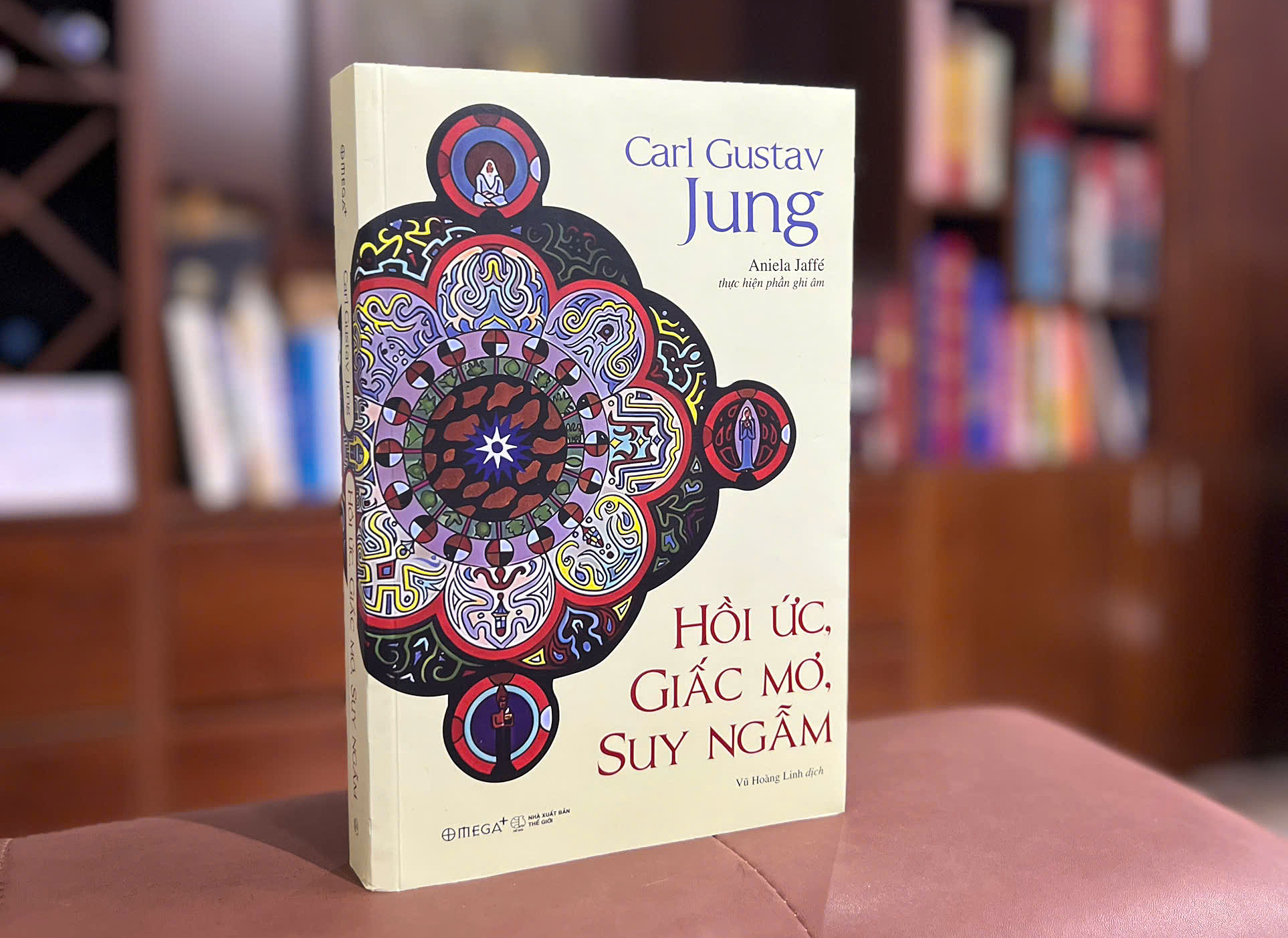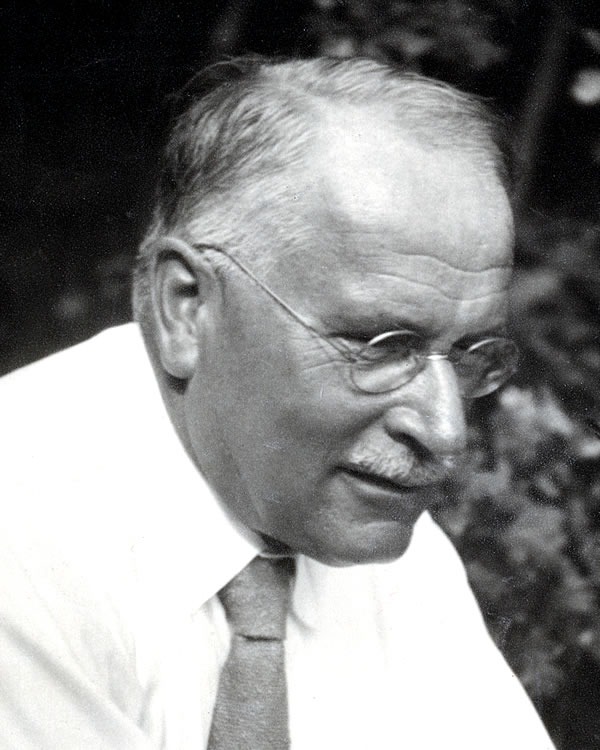Carl Jung (1875-1961), the founder of analytical psychology, had a career intertwined with studies bridging science and spirituality, human nature, and theories of the "collective unconscious" and "archetypes." His achievements significantly contributed to the development of modern psychiatry and many other fields. At 83, the Swiss psychiatrist reflected on his life in his autobiography, Memories, Dreams, Reflections, first published in Germany in 1962, a year after his death.
The idea for the book originated at the 1956 Eranos Conference in Ascona, Switzerland, when a New York publisher expressed interest in publishing Jung's biography. The psychiatrist hesitated for a long time, disliking the idea of publicizing his private life. Eventually, he agreed, beginning to write with his collaborator, Aniela Jaffe, in the spring of 1957. Jaffe edited, revised, and added details based on their conversations.
 |
The book cover features a mandala drawn by Carl Jung—a symbol of spiritual wholeness that he pursued throughout his life. Within the circle is the Self, ancient archetypes, and the balance of opposites. During his lifetime, he used mandalas for healing, listening to the unconscious, and helping people reconnect with themselves. Photo: Omega+ |
The book cover features a mandala drawn by Carl Jung—a symbol of spiritual wholeness that he pursued throughout his life. Within the circle is the Self, ancient archetypes, and the balance of opposites. During his lifetime, he used mandalas for healing, listening to the unconscious, and helping people reconnect with themselves. Photo: Omega+
The 12-part book begins with Jung's earliest memory from the age of two or three. Subsequent chapters revolve around his time as a student and his work in psychiatry. Jung dedicates a chapter to his collaboration and relationship with Sigmund Freud (1856-1939), the founder of psychoanalysis. He also discusses life after death before concluding with "Late Thoughts."
Throughout the book, Jung invites readers into his inner world, painted with memories and symbolic dreams. He interprets these dreams and presents his insights into human nature and the universe. Readers discover that his famous theories are the product of his profound life experiences. The work also offers self-reflection and healing, supporting those seeking direction amidst emotional crises.
"I can only understand myself in light of inner happenings," Jung writes. "It is these that make up the singularity of my life, and, with them, my autobiography is concerned."
 |
Portrait of psychiatrist Carl Jung. Photo: ETH-Bibliothek |
Portrait of psychiatrist Carl Jung. Photo: ETH-Bibliothek
The publisher introduces the book: "Reading this book, you truly feel the depth of thought, the great stature, and the enduring influence of Jung in cultural life and human consciousness. Not just a psychoanalyst, Carl Jung was also someone who dialogued with the divine, a contemplative soul, an artist of consciousness. In the final chapters, the book becomes quieter, like a meditative text, where he writes about death, the spiritual realm, and the connection between humans and what lies beyond reason."
Memories, Dreams, Reflections has received ratings of 4.1 and 4.65 out of 5 stars on Goodreads and Amazon, respectively. Some international readers commented: "In this book, we get to experience and see the world through the eyes of Carl Jung. He has a way of describing himself that makes much of the prose read like poetry," and "Not necessarily an easy read, but a work for those dedicated and interested in Jung's thoughts and the elements that shaped them."
* Some excerpts from the book
Carl Gustav Jung was born into a family of German pastors who settled in Switzerland. He was a pioneering psychiatrist, known for his concepts of "extroverted" and "introverted" personalities, archetypes, and the collective unconscious. His work significantly influenced psychiatry, religious studies, literature, and other fields. Some of his notable books include Psychological Types (1921) and Aion: Researches into the Phenomenology of the Self (1951).
Phuong Thao











